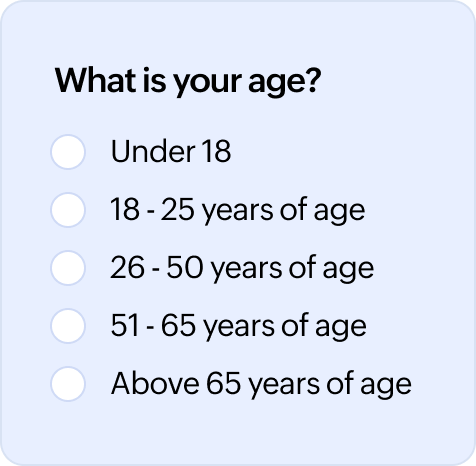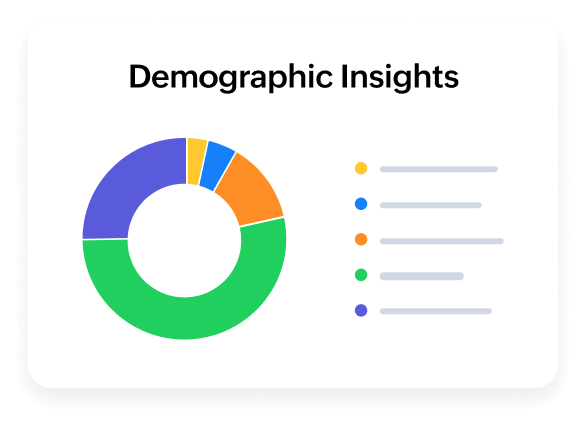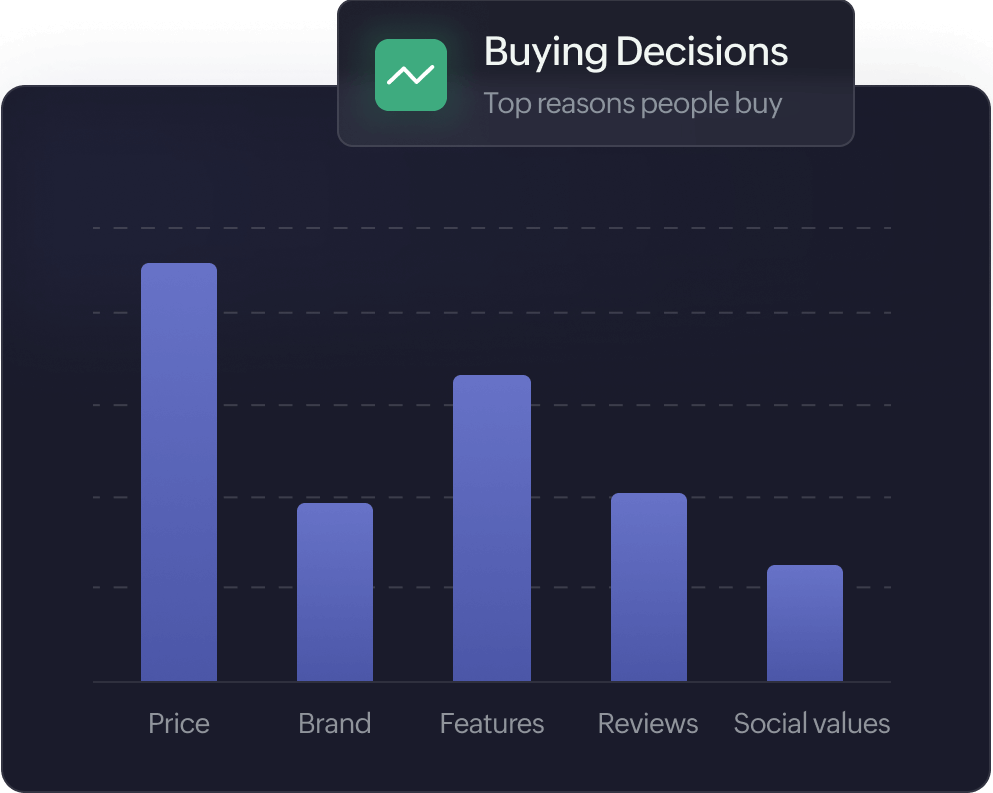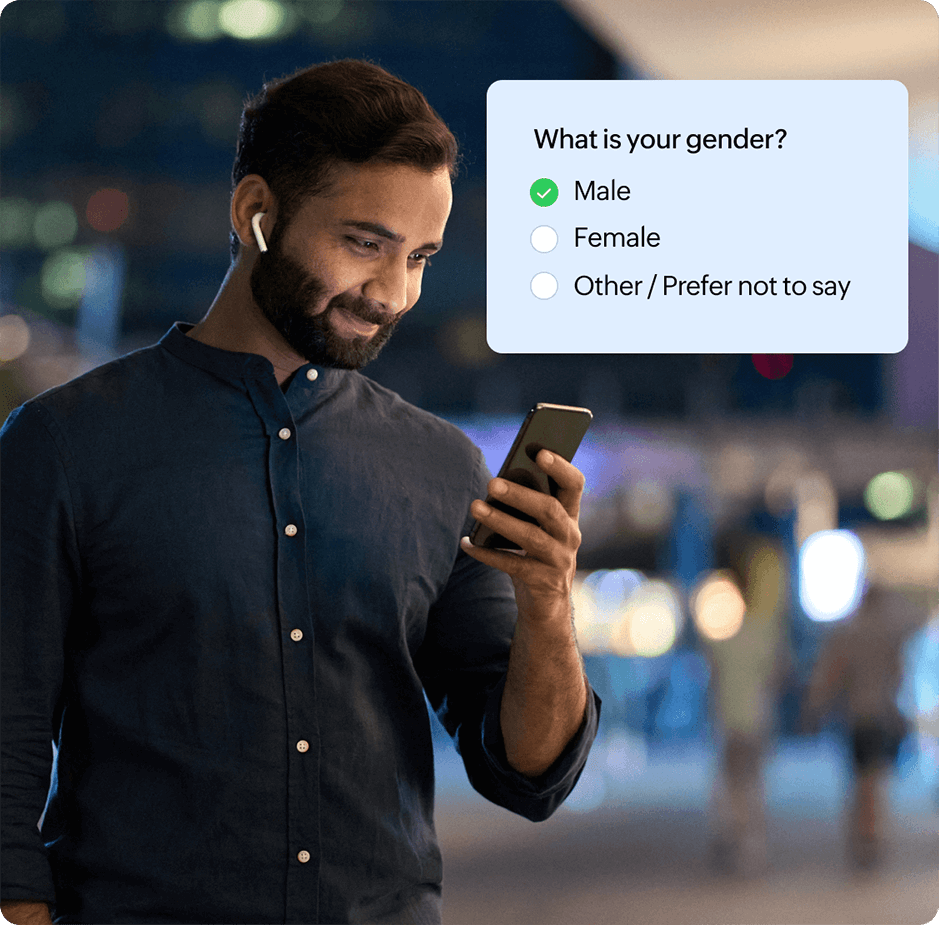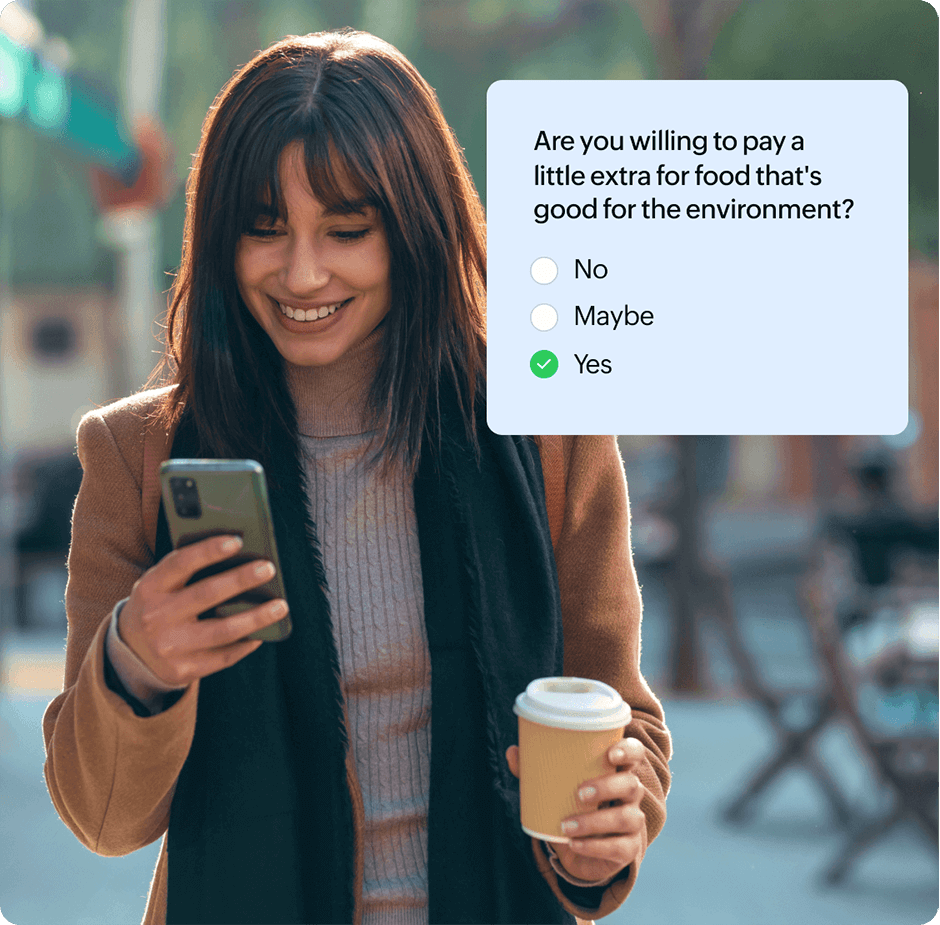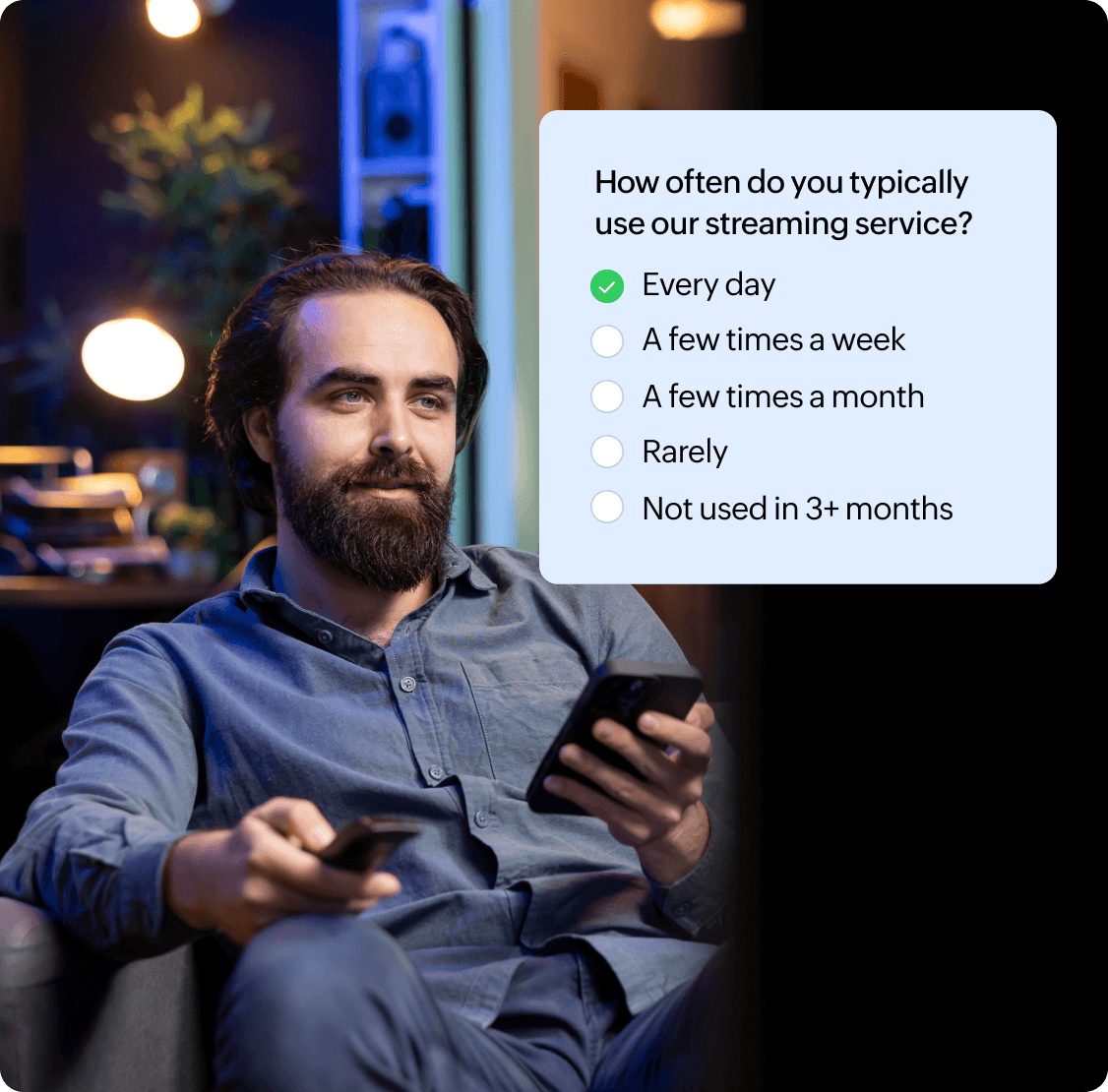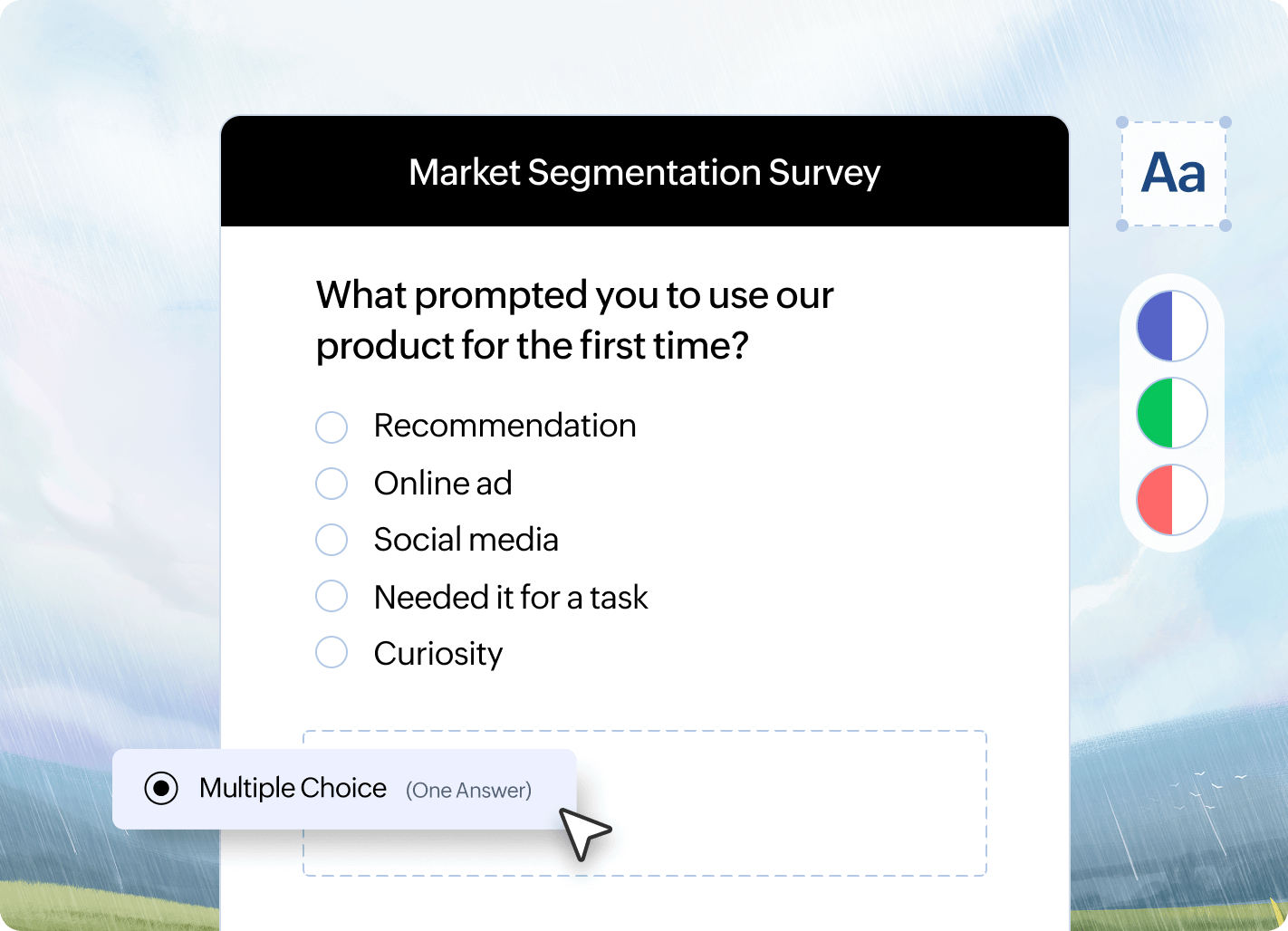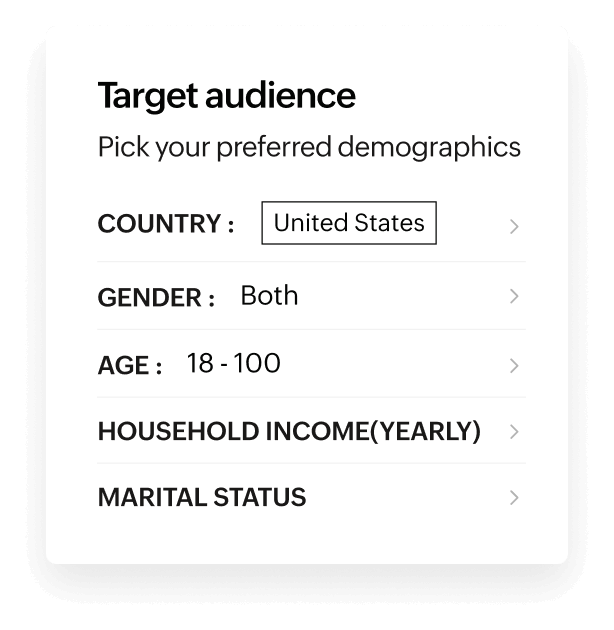Why should you conduct a market segmentation survey?
Let’s be real; it’s hard to cater to everyone at once. People are different, and so are their needs. A market segmentation survey helps you break your audience into smaller groups so you can really understand who they are and what they want.
Niche markets can present better opportunities
Sometimes the biggest wins come from the smallest groups. By focusing on niche markets, you can discover untapped opportunities others have overlooked. Take, for example, a brand making shoes for people with specific foot problems. The audience might be smaller, but they’re often more loyal and willing to pay a premium for a product that solves their unique challenges.
You get to know your audience inside out
Think about it: How can you sell something if you don’t know who you’re selling to? A segmentation survey gives you clear insights into your audience’s preferences, habits, and challenges. It’s like having a direct conversation with them.
Retain customers more efficiently
Market segmentation surveys let you focus on what matters most to your customers, making them happy and ensuring they stick around for the long run. It helps businesses target the right people with the right products. When customers feel understood and their needs are met perfectly, they become repeat customers and brand advocates.
Segmentation makes your marketing more personal
Nobody likes a generic pitch. When you know what each group cares about, you can craft messages that feel personal like you’re speaking directly to them. That kind of connection builds trust and loyalty.
Save time and money
Why spend your marketing budget on people who aren’t interested? With a segmentation survey, you can focus on the groups that actually care about what you offer, making your campaigns more effective and cost-efficient.
Market Segmentation: A step-by-step guide
- Step 1
Understand your audience
Pre-event surveys help you uncover attendee preferences, such as themes, schedules, and activities. These insights ensure your event is tailored to their interests.
- Step 2
Decide how to segment
Now, think about how you want to group your audience. You can segment them by demographics (age, gender, income), geography (where they live), behavior (buying habits, brand loyalty), or psychographics (interests, values, lifestyle). Choose what makes the most sense for your business.
- Step 3
Gather data with surveys
You need real data to back up your segmentation. The best way? Surveys! Ask people about their preferences, needs, and habits. Understand your customers better with this free, ready-to-use market segmentation survey template.
- Step 4
Identify key customer groups
Once you have the data, look for patterns. Do certain groups share similar preferences or behaviors? Organize them into meaningful segments these are the different types of customers you should focus on.
- Step 5
Choose the best segments to target
Not all segments are worth your time. Focus on the ones that are big enough, profitable, and easy to reach. The goal is to pick the groups that will bring you the most value.
- Step 6
Create personalized strategies
Now, tailor your marketing to each group. Customize your ads, messages, promotions, and even products to match what they want. The more personal, the better!
- Step 7
Launch, monitor, and improve
Roll out your campaigns and track the results. Are people responding well? Are they buying more? Use surveys and analytics to measure success and tweak your approach as needed.
That’s it! Market segmentation helps you speak directly to the right people, making your marketing more effective and your business more successful.
Best practices for market segmentation
Understand customer needs
Study what your customers truly want, not just what you think they need. Use surveys, feedback, and purchase history to get real insights.
Identify customer segments
Look at buying patterns, preferences, and pain points. Group customers in a way that makes it easier to market to them effectively.
Expand into new segments
As your business grows, look for new potential customer groups. Adapt your strategy to explore untapped markets.
Creating clear buyer personas
Personalized experiences create lasting impressions. Learn what guests truly value and tailor your offerings accordingly.
Tracking and measuring performance
People want the best experience for their budget. Surveys help assess if your pricing matches the perceived value of your services.
How Zoho Survey can help you?
Zoho Survey's features help you manage the segmentation process to produce effective results without consuming excessive amounts of time and resources. With varied question types, customizable themes, and logic-based rules, you can craft surveys that lead to honest and accurate responses, which helps you make the right decisions for your business.
Zoho Survey offers a variety of templates to make your research easier.
Research panels
Sometimes, you need more answers than your contacts can give you. To reach more respondents, you should consider using a research panel. These are groups of verified people with varied cultural, demographic, and geographic backgrounds who would be willing to be part of your research. Zoho Survey's Buy Responses feature helps you pick a panel based on demographic, economic, and geographic attributes to quickly collect responses for your research.
Try Zoho Survey's Research panel to help you reach your target audience.


